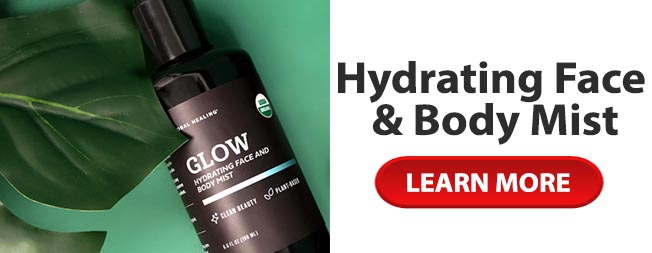In most instances the conditions that affect the face can also affect other areas of the body. For instance, severe acne can occur on the back, buttocks, face, legs and arms and can cause serious scarring and emotional issues. Most people eventually outgrow acne but some must endure this condition through their 40s and 50s. Women are the most likely to have acne until later in life.
Another common facial skin condition are age spots. These are brown patches that appear on the skin as an individual gets older. For the most part, they are due to sun damage but individuals can also have a genetic predisposition to the development of these spots. They have also been called \”liver spots\” and resemble large freckles. Most appear on the face, neck, hands and feet or legs. These are the majority of areas that are exposed to the sun and can develop photo damage throughout the years. They are not harmful, but many people wish to have them removed for cosmetic reasons. (2)
Some individuals may suffer from large pores. Pores are tiny openings in the surface of the skin. This is where sebum, or the moisturizing oils of the skin, is released. When these pores are large enough to be seen by another individual they can cause frustration and other skin problems, namely acne. The size of the pores on the face has some basis in genetics but they also appear larger when they contain oil and dead skin cells.
Dark circles under the eyes are a common facial skin condition that can be caused by lack of sleep, allergies, diet, sun exposure and heredity. In most cases, these circles can be reversed or eliminated when the individual addresses the underlying cause. In other cases when that elimination is not feasible, such sun exposure or heredity, they can be concealed using cosmetics.
In our long quest for a more youthful appearance lines and wrinkles become the bane of our existence. Often times they appear where the skin naturally folds increases and will become more permanent as time goes on. Individuals who smoke, have long history of sun exposure or do extreme dieting can create this problem even more quickly. Only a dermatologist can evaluate whether or not these changes in the skin can be addressed or reversed with procedures they have in their office.
Eczema is a chronic inflammatory skin condition that is most often seen in children but can also be seen in adults. In a flare up the skin becomes dry, red and inflamed but the most irritating symptom is the uncontrollable in which that accompanies the rash. Individuals who suffer from eczema will learn what factors trigger their condition in order to help decrease the number of flare ups they suffer from. (3)
Rosacea is a chronic condition that affects the blood vessels of the face. Sometimes it is misdiagnosed as acne but, because the treatment modalities are significantly different, it must be accurately diagnose. Rosacea is common in both men and women between the ages of 30 and 40 and will include red blotches on the face as well as hard swollen pimple type bumps. (4)
Psoriasis is another skin condition that appears to be related to eczema on the surface. It commonly affects the scalp but can extend down onto the face and is more commonly found in late teens and adulthood. Researchers have determined that it has a genetic link and results from an overproduction of skin cells that causes the area to become red, scaly and itchy with patches of thick silver scales that develop over the rash. At this time there is no cure for psoriasis but researchers and physicians to have discovered specific treatment modalities which help to decrease the symptoms and alleviate the itching. (5)
While skin texture is not necessarily a skin condition it can vary widely between individuals and across specific environments. Some people have skin that feels rough, bumpy, papery, wrinkled, dried, scaly or a leathery. Before any treatments can be recommended, a dermatologist must determine the source of the problem.
Most individuals have moles on their bodies somewhere. These are raised, round and usually dark brown spots that are often present at birth or develop over time. Moles are generally harmless but some can develop into skin cancer. Any mole that has an irregular border or uneven coloring, is larger than a pencil eraser or begins to bleed, it should be evaluated by a dermatologist. Some individuals find that moles pose a cosmetic skin problem on their face and so elect to have them removed.
Birthmarks are areas of skin that are present at birth or erupt very shortly after birth. These are different from moles and can vary in color and form and be classified either is pigmented or vascular. Some of these birthmarks appear on the face and can be permanent while others are temporary. Most birthmarks are completely harmless but some pose skin problems that require treatments over the long term. (6)
Facial skin conditions can affect almost every person. Everyone can point to a small scar, mole, pimple or condition that irritates them or frustrates. For the most part, these are cosmetic issues that may cause emotional trauma but have no basis in long-term medical problems.
(1) National Institute of Arthritis and Musculoskeletal and Skin Diseases: Questions and Answers about Acne
(2) NHS Choices: Birthmarks
(3) KidsHealth.org: Eczema
(4) Rosacea.org: All About Rosacea
(5) National Institute of Arthritis and Musculoskeletal and Skin Diseases: What is Psoriasis
(6) MayoClinic.com: Age Spots

